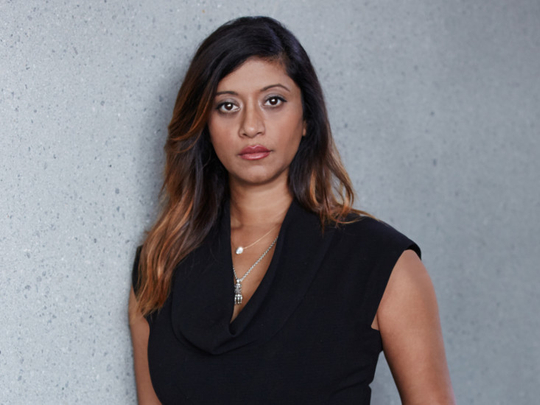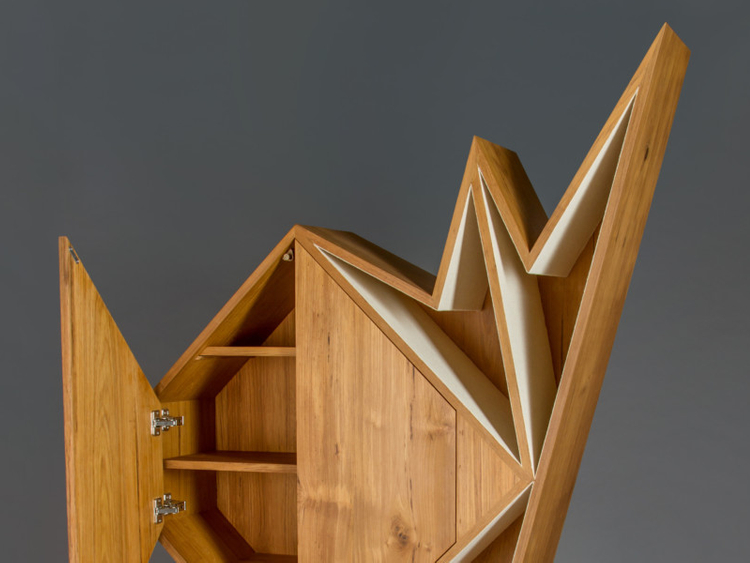
With the region’s biggest design fair knocking, I turned to Rue Kothari, the newly appointed fair director for Downtown Design, to assess the growth of the design industry in the Middle East. Writing exclusively for tabloid! she discusses the obstacles and opportunities the region affords the creative class.
Here in the Middle East we are a test bed for new ideas and products. Our emerging economy with all the opportunities it presents is an undeniably attractive destination for international brands looking to enhance their profile.
This continual influx of diverse influences from around the world has had a marked impact on our surroundings — from the buildings we inhabit to the chairs we sit on — which is a far cry from the pre-boom Dubai.
Taste is highly subjective — influenced by a rack of factors from where you live to your childhood experiences. Desiring an object is as much about its visceral effect on your body as it is about what you have been conditioned to respond to.
Does the colour subliminally suggest a clear blue sky, or is the fabric reminiscent of the Liberty curtains that hung at your grandmother’s window? Often what we love is a response to our immediate environment.
In this region there are also strong cultural elements at play. Designer Nada Debs, who successfully straddles the western and oriental, often talks about how the intention and emotion she invests in her pieces are experienced by those who interact with them.
In Dubai, whether we were born here or have adopted the city as our home, we naturally feel the urge to reflect our wider environment by the choices we make at home. Mashrabiya, Ikat, Dellas, all have become part of our design vernacular.
Emirati designer Aljoud Lootah, the rising star in the region’s furniture design scene, says the infrastructure is encouraging the emergence of local designers. “The political investment and vision of our leaders with institutions and initiatives that promote gifted individuals is giving a boost of confidence to designers.”
“Additionally, the level of understanding and appreciation that a chair is not simply a chair — is growing. The more knowledge a person has, the wiser their choices are. As a result homegrown talent will thrive,” she says.
Viktor Udzenija, who established his architectural practice in Dubai after having trained under Sir Norman Foster, says people are gradually shifting towards a contemporary approach and aesthetics. “The biggest change can be witnessed in residential architecture and interiors. People have started to appreciate how a highly individual approach can influence and enhance their living experience.”
But the journey for international brands in the Middle East hasn’t been an easy one. The brands and distributors that have long since established themselves in the region faced many challenges when they were trying enter the market. Laurence Dehlen of Purity, who represents iconic Italian brands Boffi and Paola Lenti, says they wanted to be pioneers in bringing true contemporary design into the region.
“We wanted to introduce modern simple clean lines to an environment that was cluttered by the usual patterns and gold embellishment.” The brand believes that the change in tastes is accelerating, but that hasn’t come without its obstacles.
“The first few years were challenging, and most clients did not understand our simple approach to aesthetics,” he says. “We live in a region where most clients travel extensively and experience the finest the world has to offer. The younger generation now completely understand the intrinsic qualities of our brands.”
Dorian Pauwels of Ikonhouse, who with his partner Anders Larsen, also entered the market over a decade ago with their smart mix of iconic Scandinavian brands, including Louis Poulsen and Vitra, advocate an educational approach to the market.
“Our challenge and mission is to explain the differences and value of products made with true craftsmanship. It is not because something looks the same that they are the same.” They promote investment in “properly made things” that last forever, not the fast consumerism of cheap objects for instant gratification.
Personally, I believe that true growth and longevity in the region’s design industry comes from a collective approach to promoting authentic ideas, creativity and innovation. The results will be worth it. The vision we are all striving for is to create a design hub that earns both popularity and respect across the world.
Downtowndesign.com @downtowndesignd, @RueKothari
Pratyush Sarup edits the design site designcarrot.net. You can follow the site on twitter @DesignCarrot.









